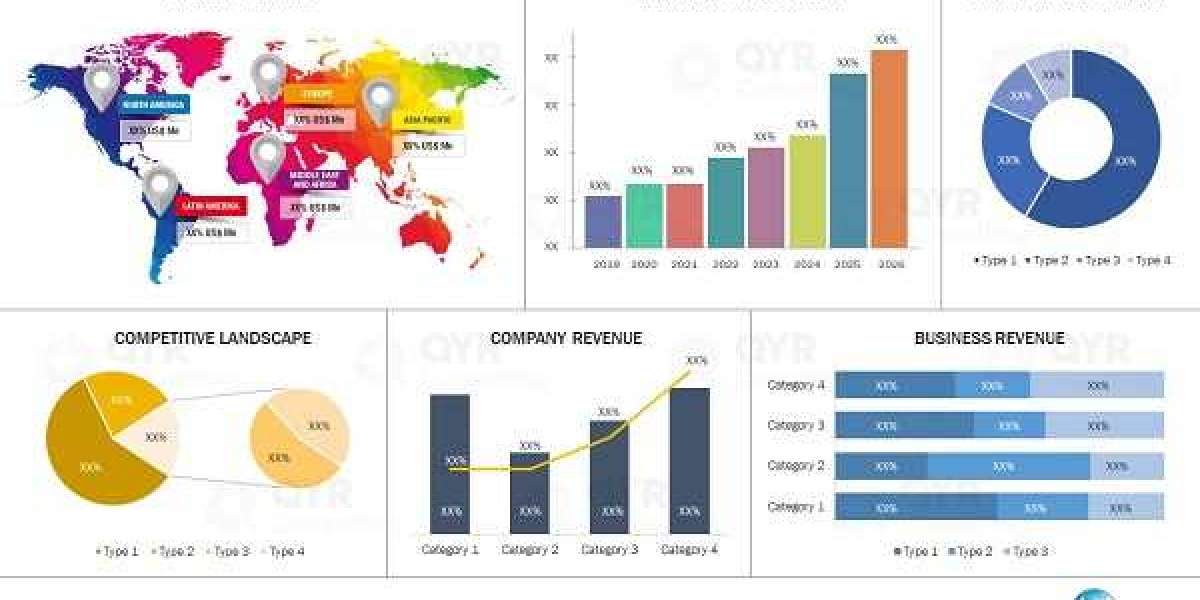A backyard is more than just an outdoor space; it is an extension of your home where you can relax, entertain, and spend quality time with family and friends. Installing a grey pergola is one of the best ways to enhance your backyard. This elegant structure adds style and practicality to your outdoor area, providing shade, structure, and a welcoming atmosphere. Whether looking for a comfortable space to enjoy nature or a stylish addition to complement your home, a pergola grey can be the perfect solution.
Enhancing Outdoor Comfort with a Pergola Grey
A pergola grey offers an ideal balance of shade and openness, creating a comfortable outdoor space where you can unwind. Unlike fully enclosed structures, a grey pergola allows natural light to filter through while still providing relief from the harsh sun. This makes it an excellent choice for those who want to enjoy the outdoors without excessive heat exposure.
A grey pergola can also be designed with added features such as retractable covers, curtains, or climbing plants for extra shade and privacy. These enhancements help create a cozy and inviting atmosphere, making your backyard more enjoyable throughout the year. You can turn your backyard into a functional, stylish retreat with a well-placed pergola grey.
Creating a Stylish and Modern Look with a Grey Pergola
A grey pergola is an excellent choice if you want to give your backyard a sleek, contemporary look. The neutral tone blends well with various outdoor designs, making matching different furniture types, garden landscapes, and architectural styles easy. Whether your home has a modern, rustic, or classic aesthetic, a pergola grey can complement it beautifully. Moreover, a grey pergola provides a structured focal point that can enhance the overall design of your backyard. By adding decorative lighting, outdoor seating, or even a fire pit beneath the pergola, you can create a visually appealing space that enhances the beauty of your home. A well-designed grey pergola can transform your backyard into an elegant outdoor living area.
Increasing Property Value with a Grey Pergola
Investing in a grey pergola can significantly boost your property’s value. Homebuyers often look for homes with well-designed outdoor spaces, and a stylish pergola adds to the overall appeal of your backyard. A pergola grey enhances aesthetics and increases functionality, making it a valuable addition to any home. A grey gazebo can also serve multiple purposes, such as an outdoor dining area, a relaxing lounge space, or even a covered outdoor kitchen. These features make your backyard more versatile and attractive to potential buyers. If you ever decide to sell your home, having a pergola grey can be a strong selling point that sets your property apart.
Gazebos for Backyards: How They Compare to Pergolas
Many homeowners wonder whether to install gazebos for backyards or pergolas when considering outdoor structures. While both offer shade and style, they serve different purposes. Gazebos for backyards are fully covered structures that provide complete protection from the elements, making them ideal for all-weather use. On the other hand, a grey pergola offers a more open and airy design, allowing for better airflow and natural light. This makes it an excellent choice for those who want to enjoy the outdoor environment while still having some shade. Both options can improve the functionality of your backyard, but if you prefer a modern and versatile structure, a pergola grey may be the better choice.
The Benefits of a Grey Gazebo in Your Backyard
A grey gazebo can be a fantastic alternative if you’re looking for a more enclosed outdoor space. Unlike pergolas, gazebos have solid roofs, which provide better protection from rain and intense sunlight. This makes them an excellent choice for homeowners who want a covered outdoor area for entertaining guests, relaxing, or even setting up an outdoor workspace.
A grey gazebo adds sophistication to your backyard. Its neutral color blends seamlessly with different landscapes, making it a stylish and timeless addition to any outdoor space. Whether you use it for dining, lounging, or special occasions, a grey gazebo provides a functional and aesthetically pleasing solution for your backyard needs.
Customizing Your Pergola Grey to Suit Your Needs
One of the best aspects of a grey pergola is its versatility. You can customize it to fit your needs and preferences, making it a perfect addition to any backyard. Some popular customization options include adding curtains or drapes for privacy, incorporating string lights or lanterns for ambiance, or installing fans and heaters for year-round comfort. Many homeowners add climbing plants such as ivy, wisteria, or roses to their grey pergola. This enhances the aesthetic appeal and provides shade and a more natural, serene environment. No matter your style, a pergola grey can be tailored to suit your outdoor living needs.
Creating an Outdoor Entertainment Area with a Grey Pergola
A grey pergola can serve as the perfect outdoor entertainment space. Whether you enjoy hosting barbecues, family gatherings, or evening dinners, this structure provides a comfortable and stylish setting for social events. Adding outdoor furniture, a dining table, or even an outdoor kitchen can transform your pergola grey into a fully functional entertainment area. Consider installing built-in lighting, speakers, or a small outdoor bar beneath the grey pergola for added convenience. These features enhance the entertainment experience, allowing you to make the most of your backyard. With the proper setup, your grey pergola can become the ultimate gathering spot for friends and family.
Conclusion
A grey pergola is an excellent addition to any backyard, offering a perfect blend of style, functionality, and comfort. Whether you want to create a relaxing retreat, increase your property value, or set up an outdoor entertainment area, a pergola grey can help you achieve your goals. If you prefer a more enclosed option, gazebos for backyards or a grey gazebo can also provide a beautiful and practical outdoor space. No matter your preference, incorporating a grey gazebo or a pergola into your backyard design can significantly improve your outdoor living experience. By selecting the proper structure and customizing it to your needs, you can create a stylish, functional, and inviting outdoor space that you and your family will enjoy for years.











